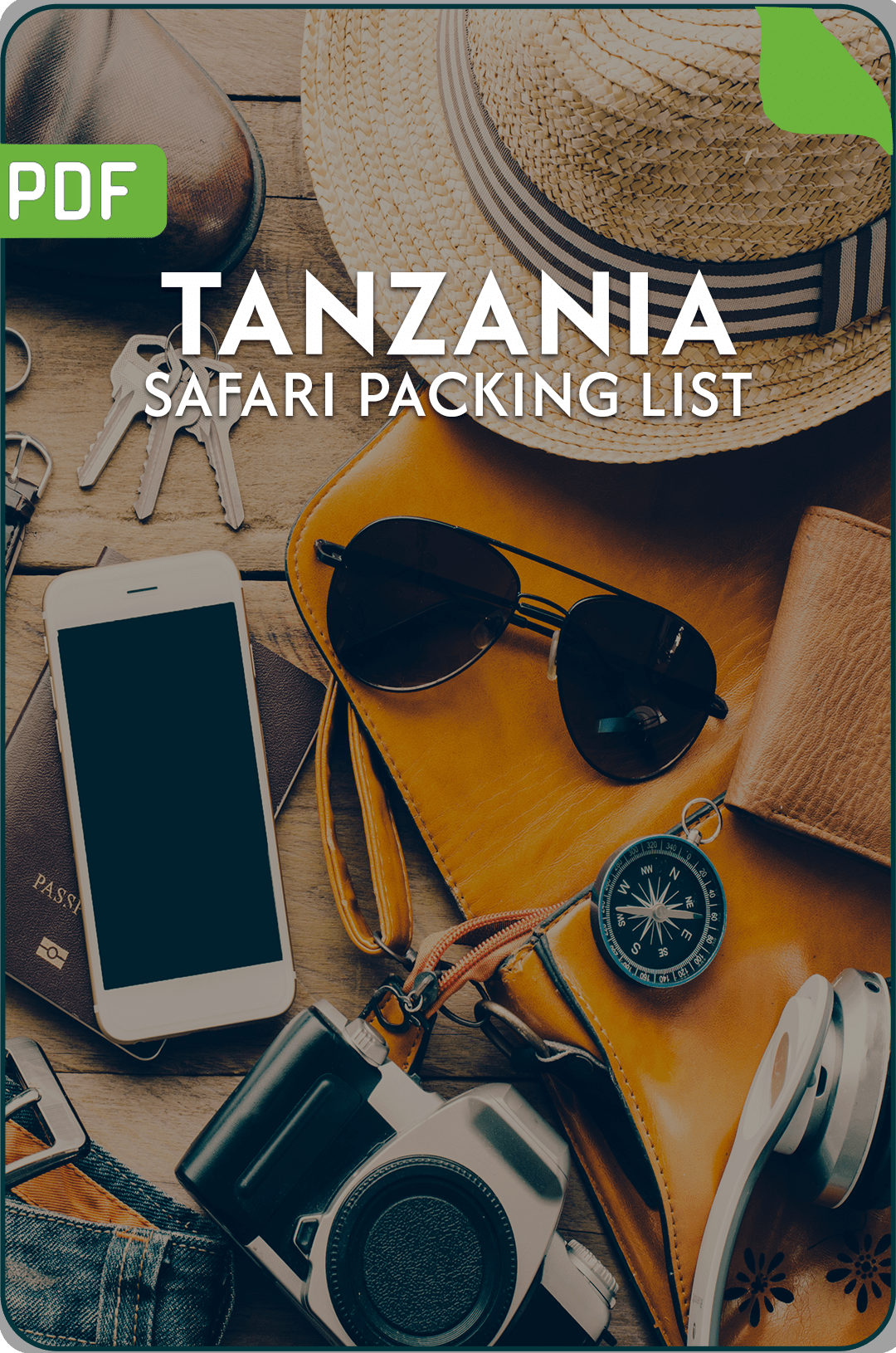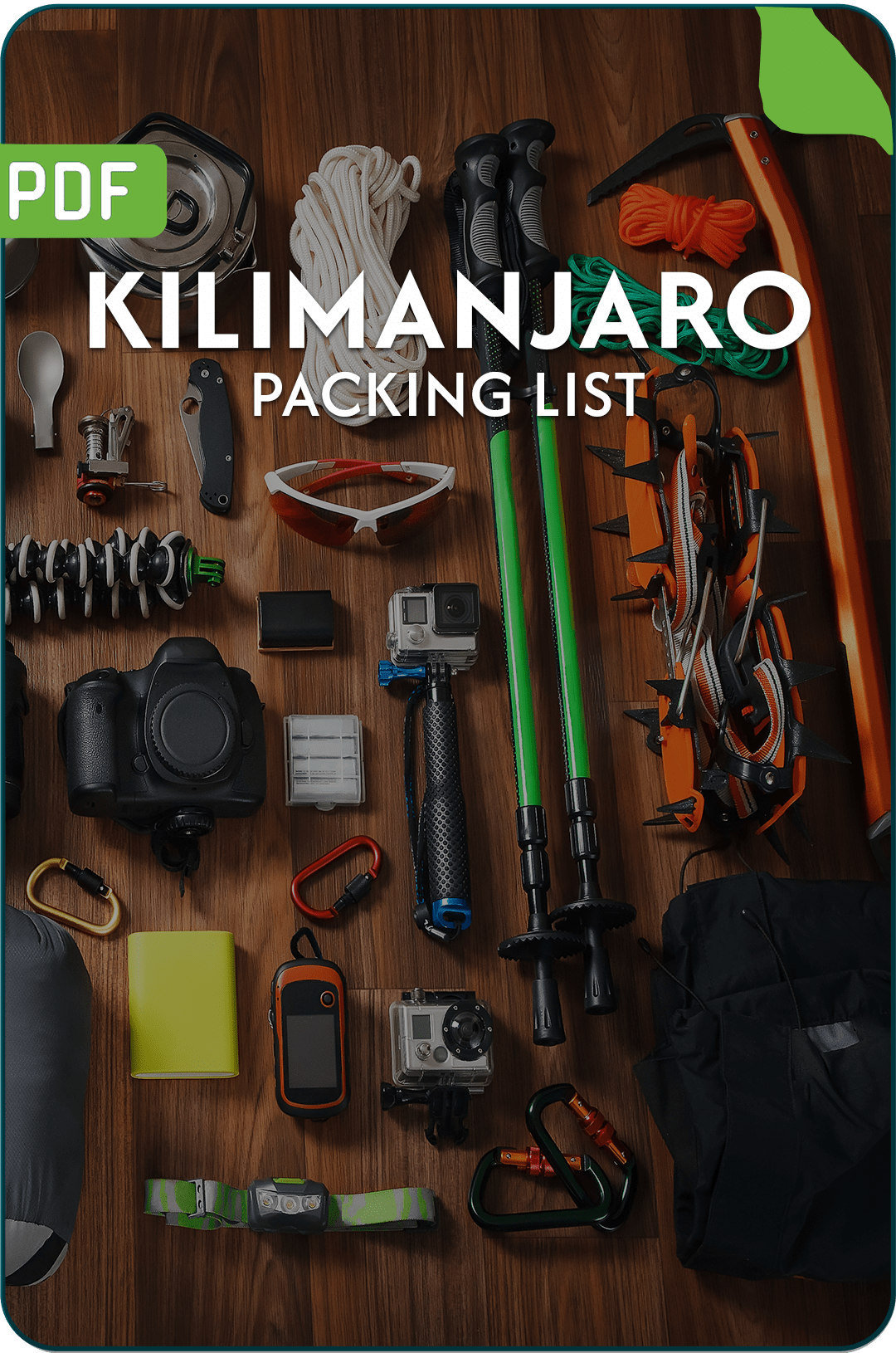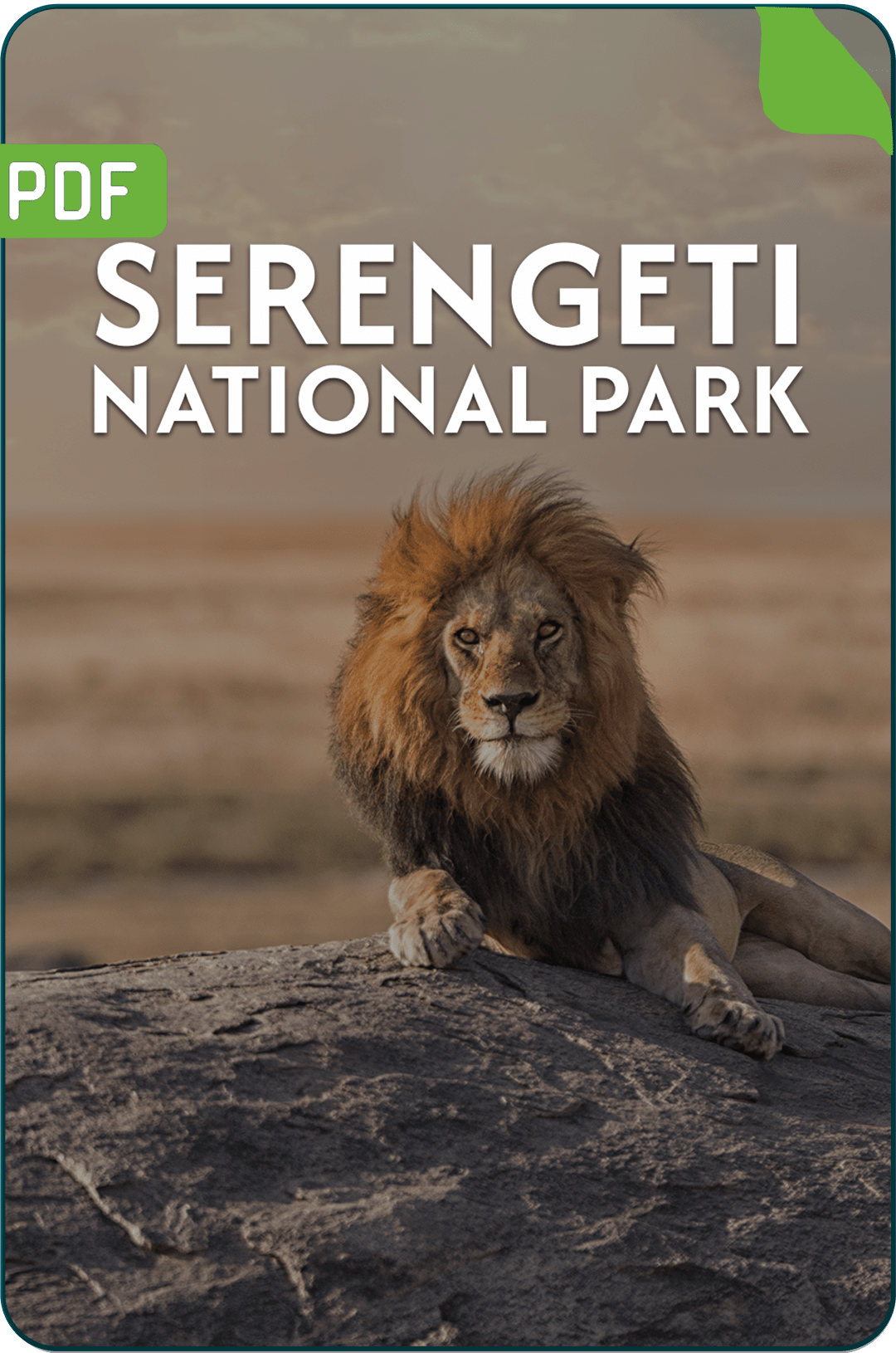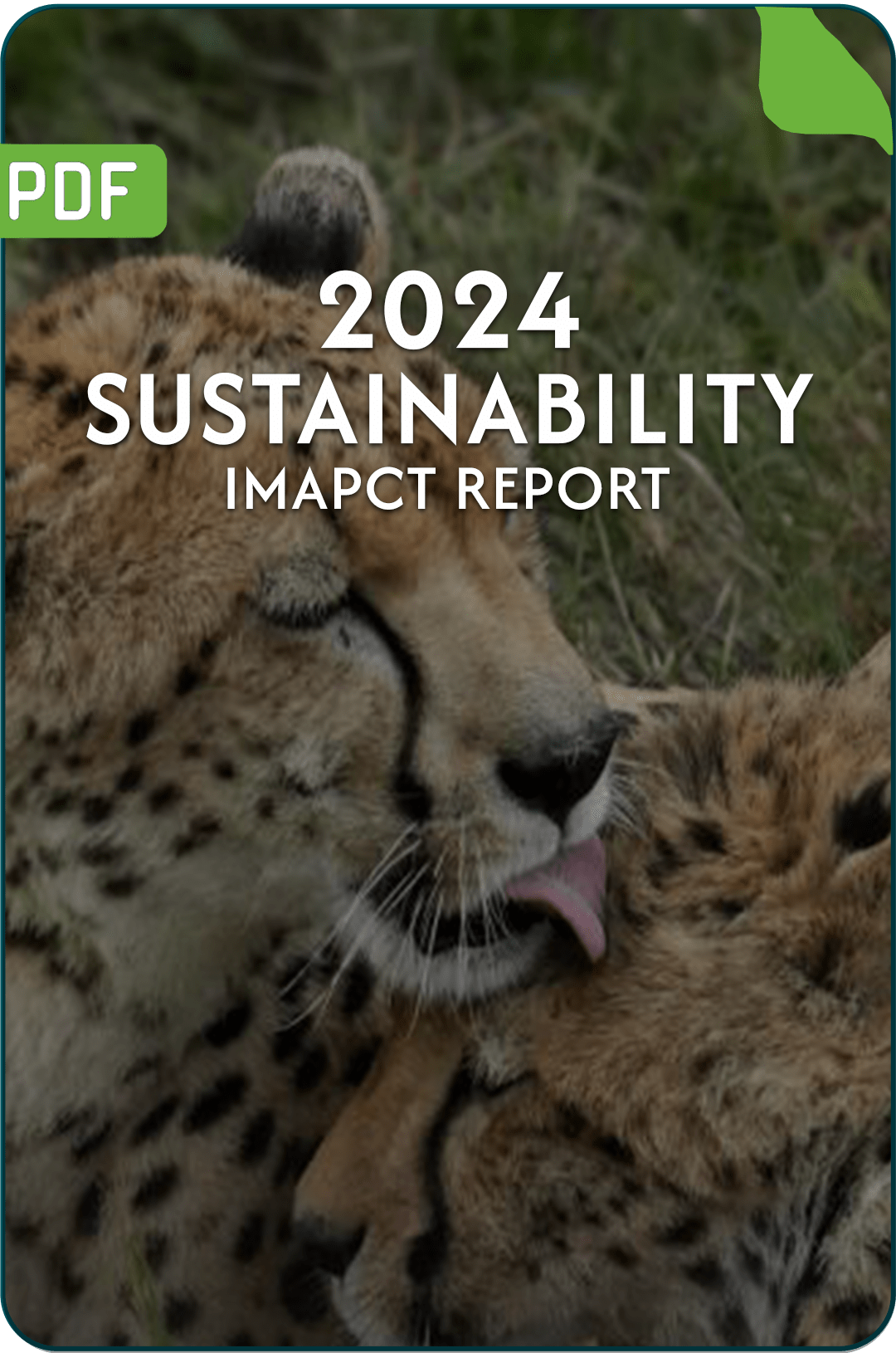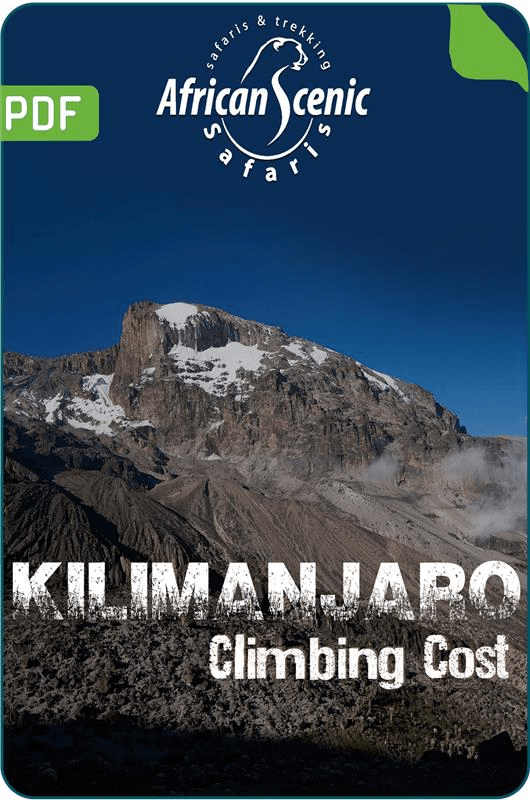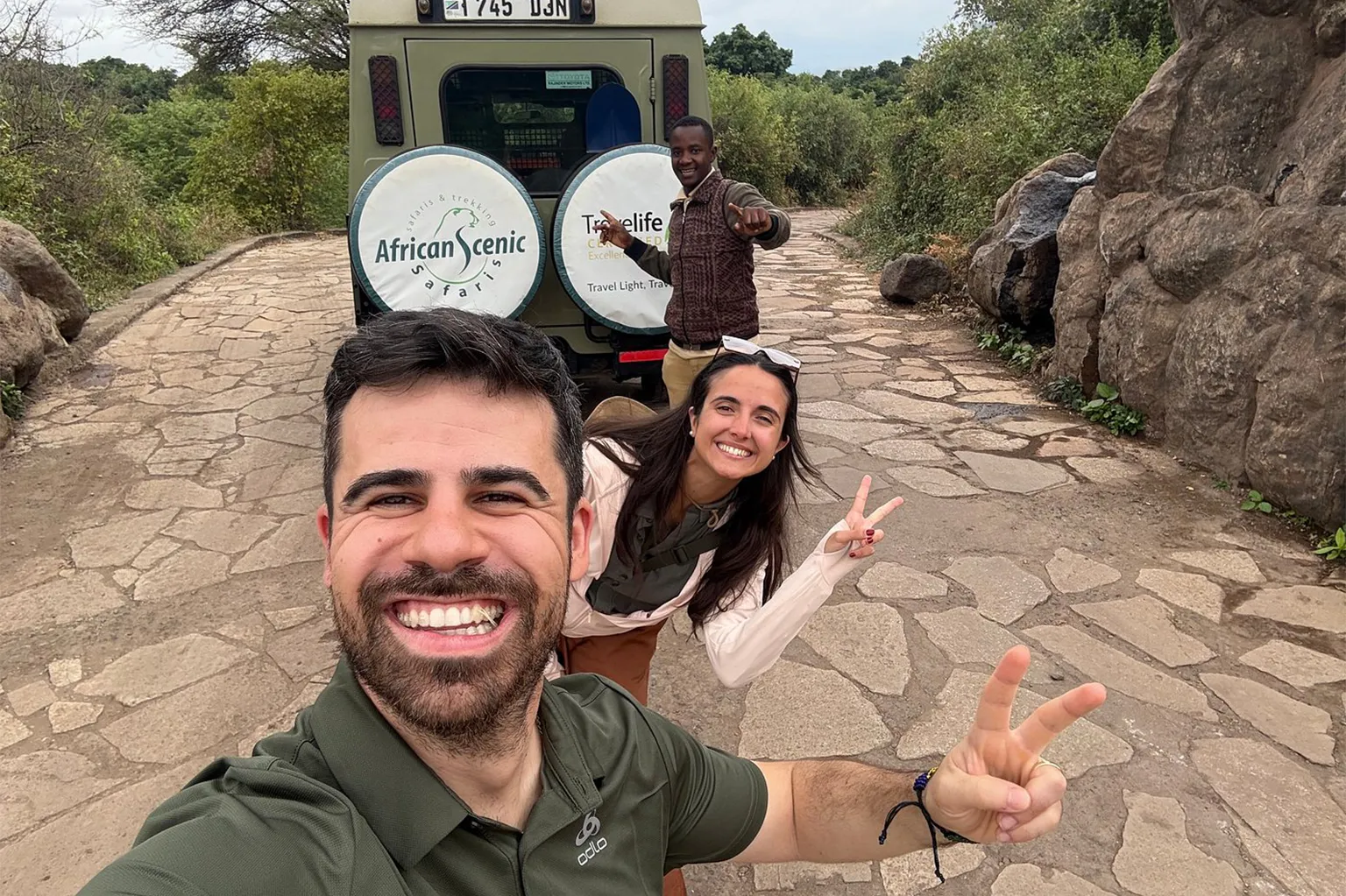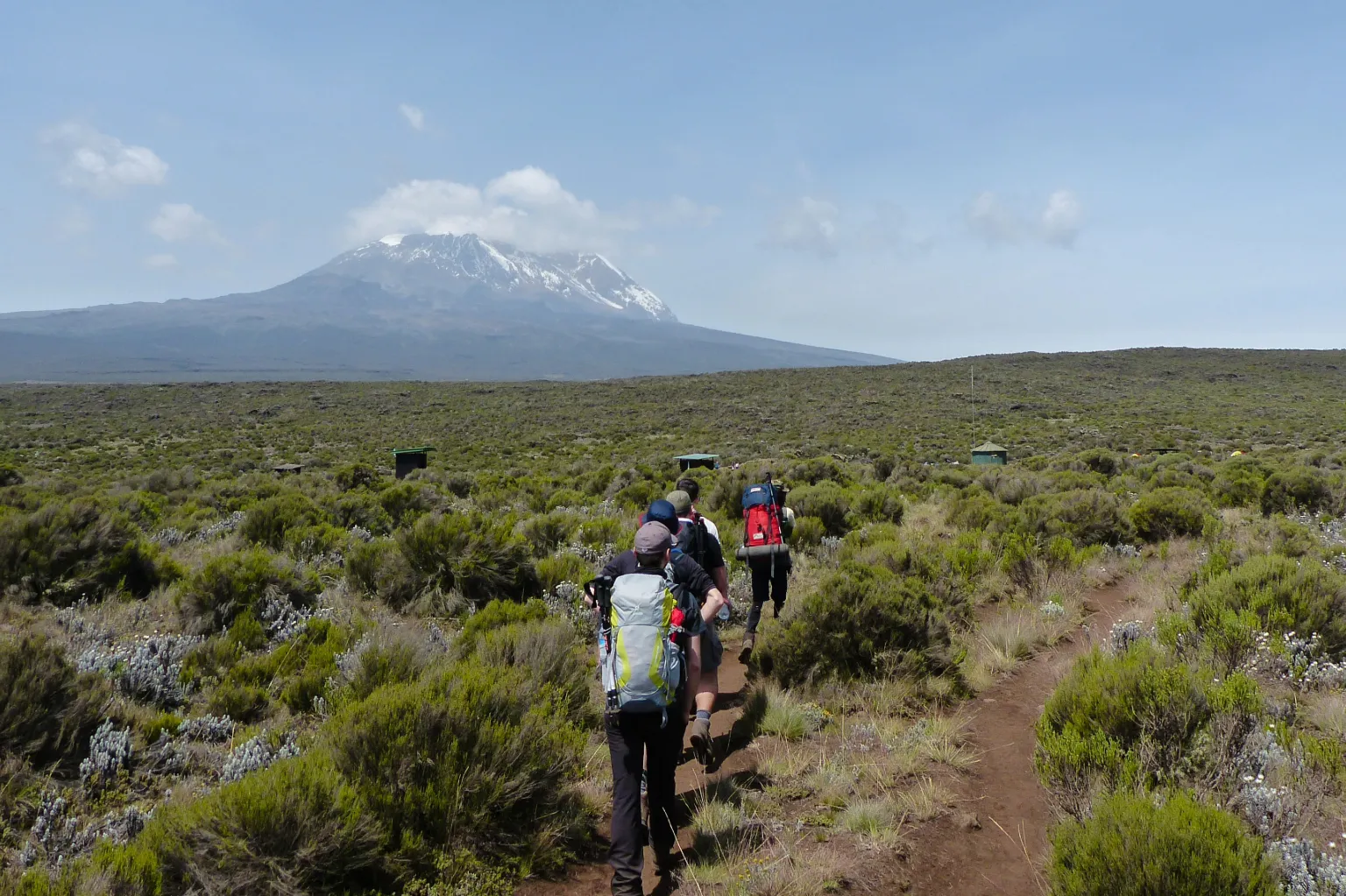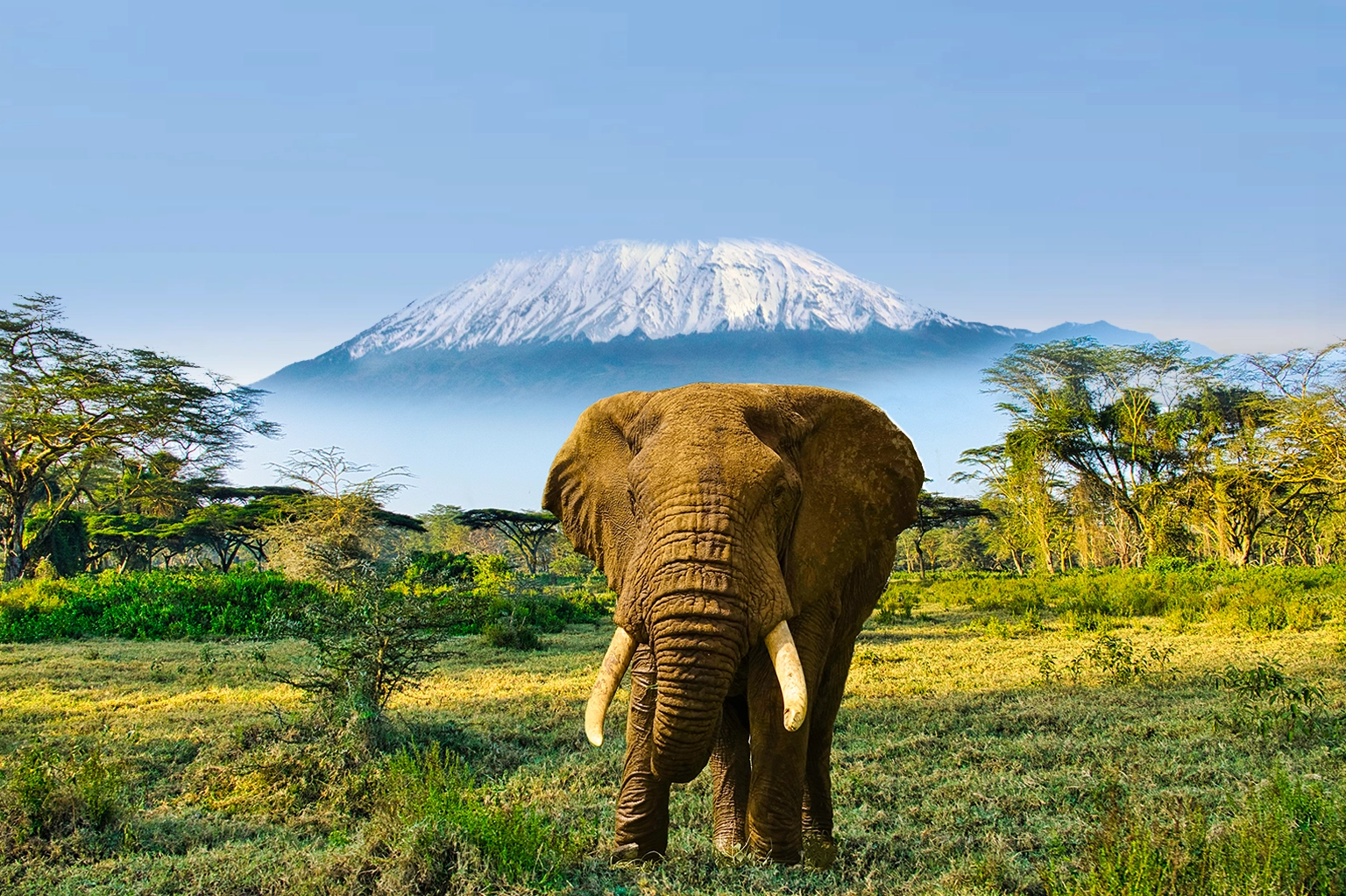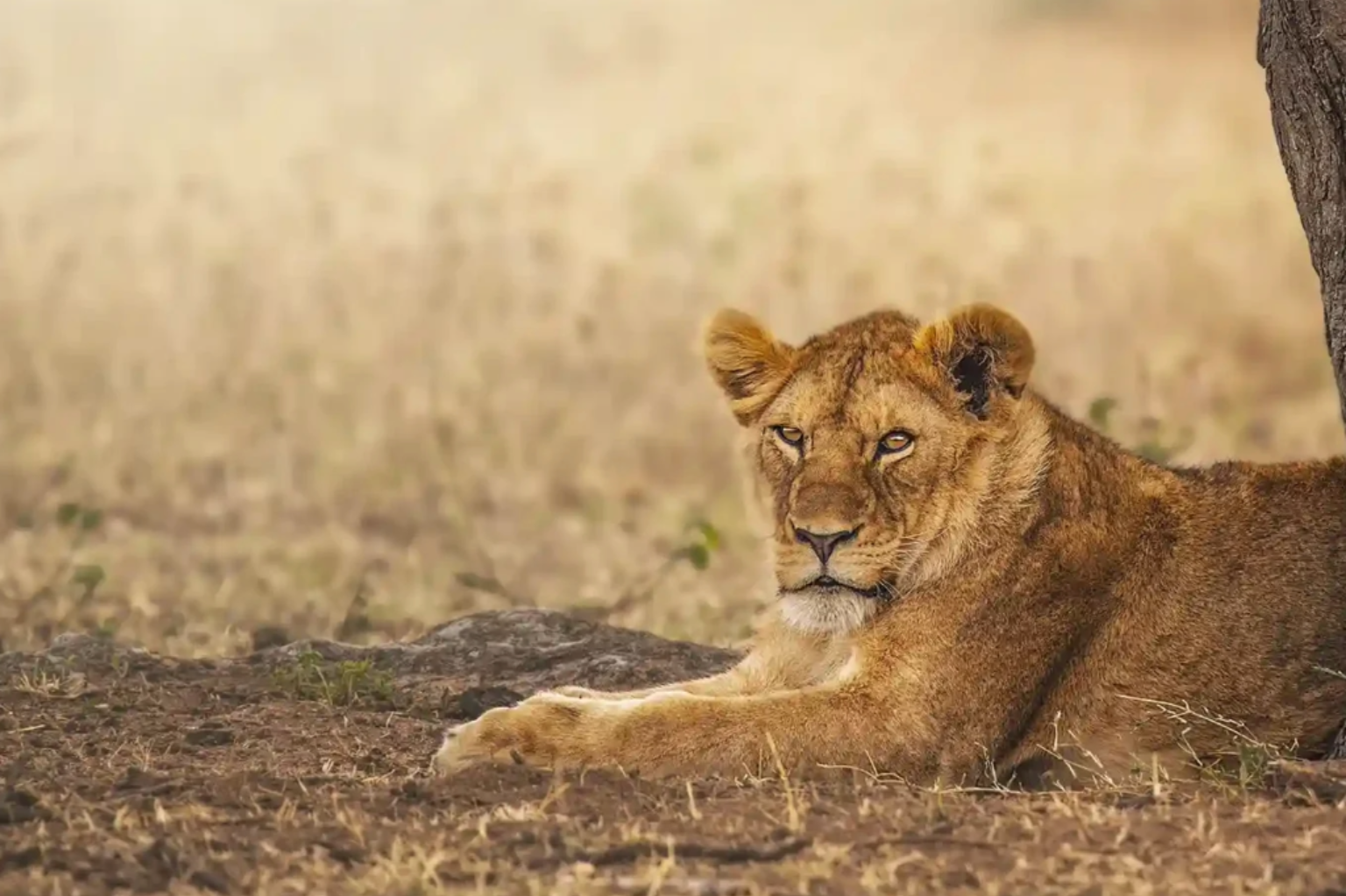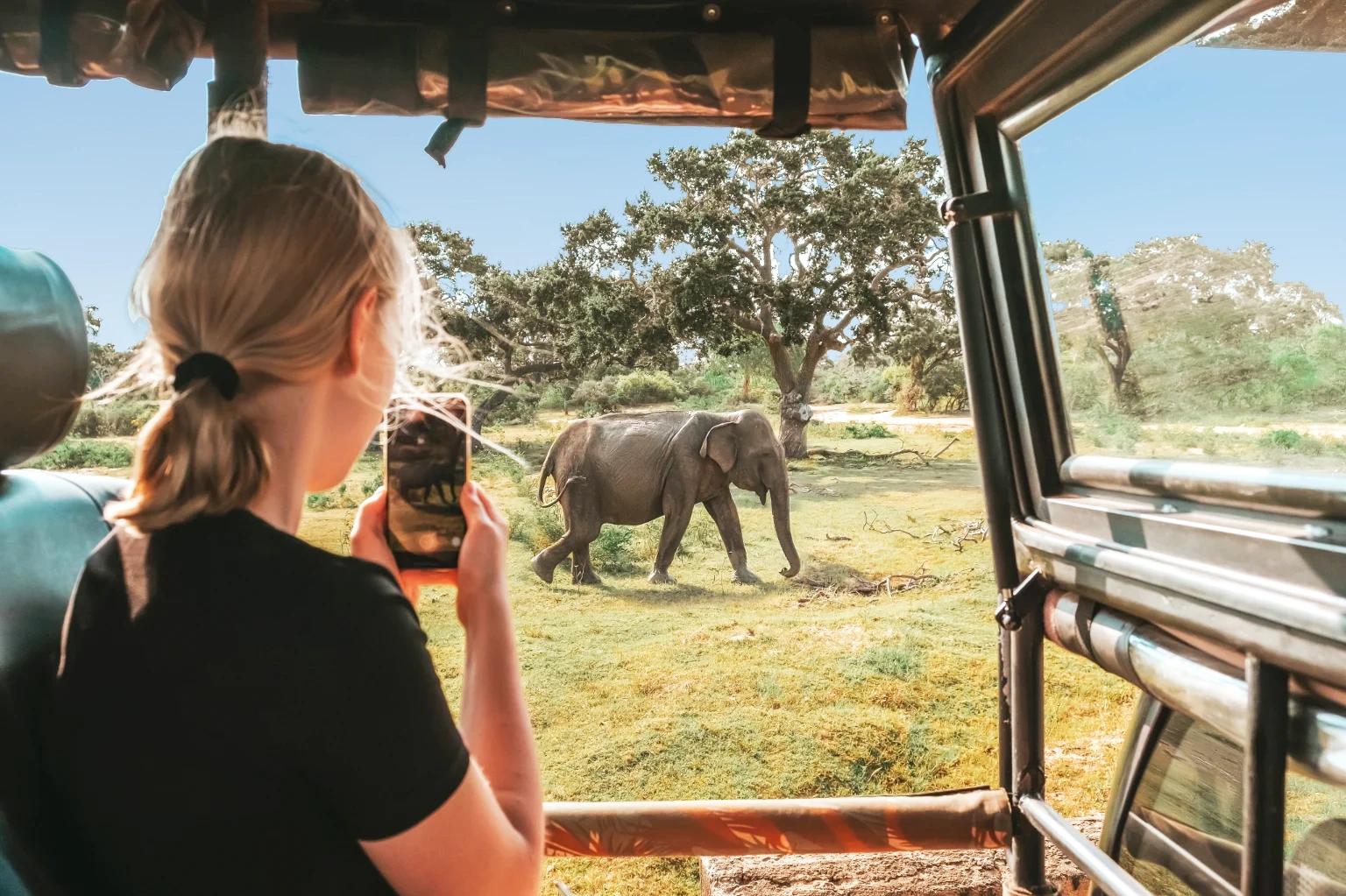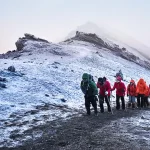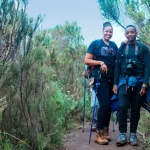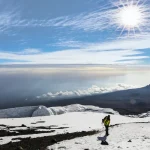Here’s What Each Month on Kilimanjaro Is Really Like
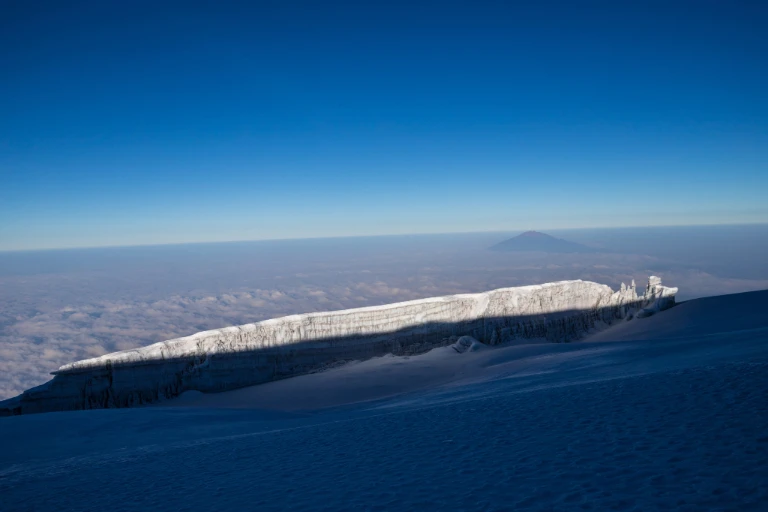
Dreaming about standing on the Roof of Africa in 2026? Forget playing by standard rules—Kilimanjaro runs on its own schedule. If you want to plan smart and actually reach that peak with confidence, you have to get a handle on the mountain’s weather and terrain. Each Month of Kilimanjaro Weather changes everything: it sets your difficulty level and totally decides if you get that perfect, clear sunrise view from the top.
Every month up there is a whole new world. You’re talking lush rainforests, then icy summit nights under the Milky Way — it changes you. Some months deliver crisp, dry days that are epic for photos. Other times? You’re dealing with heavy rain, total solitude, and a challenge that will seriously test your spirit. Get the timing wrong, and it’s a beast.
This guide is your Kilimanjaro Weather monthly guide. We’re breaking down the weather, how clear your summit view will be, exactly how many people you’ll run into, the photo potential, and expert tips for every single part of the year. Consider this your final word on finding the Best Month To Climb Kilimanjaro so you can lock down your 2026 calendar right now.
Climbing Kilimanjaro isn’t just about endurance; it’s all about timing,” says the Senior Guide at African Scenic Safaris. “Understanding knowing what to expect what each month will bring, helps you, a climber, to mentally and physically prepare for that summit triumph.”
Understanding Kilimanjaro’s Changing Climate Throughout the Year
Despite being Africa’s tallest mountain, 5,895 meters (19,341 ft), Climbing Mount Kilimanjaro will make you feel like you are climbing through five different ecological phases. The Kilimanjaro Weather keeps on changing as you climb, from humid rainforests down low to way high icy glaciers.
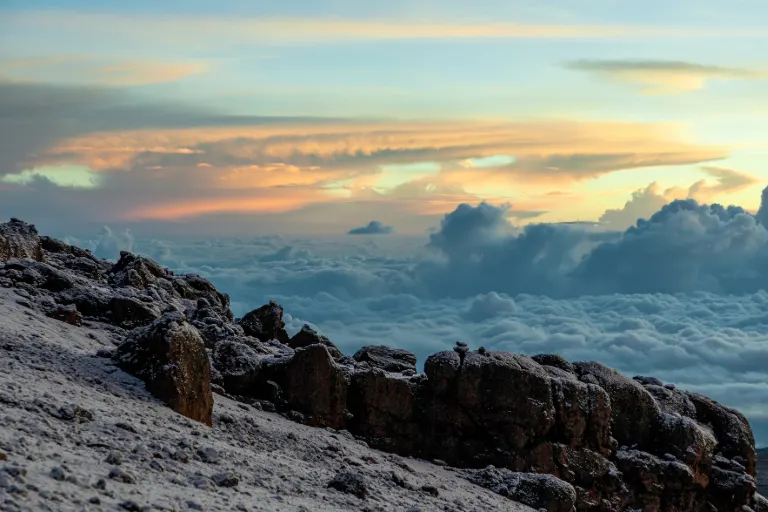
There are two seasons throughout the year, the dry season and the rainy season. The Kilimanjaro dry season runs from January to March and from June to October. In this season, we have clear skies in Kilimanjaro, accompanied by steady trails and those insanely beautiful panoramic scenic views.
The rainy season runs from April to May and recurs in November. In this season, we have total mud, and the mist hides the summit. Despite this, the rainy season brings its own unique moments. You will experience lush green landscapes in abundance, with fewer people, offering moments of solitude you won’t find elsewhere.
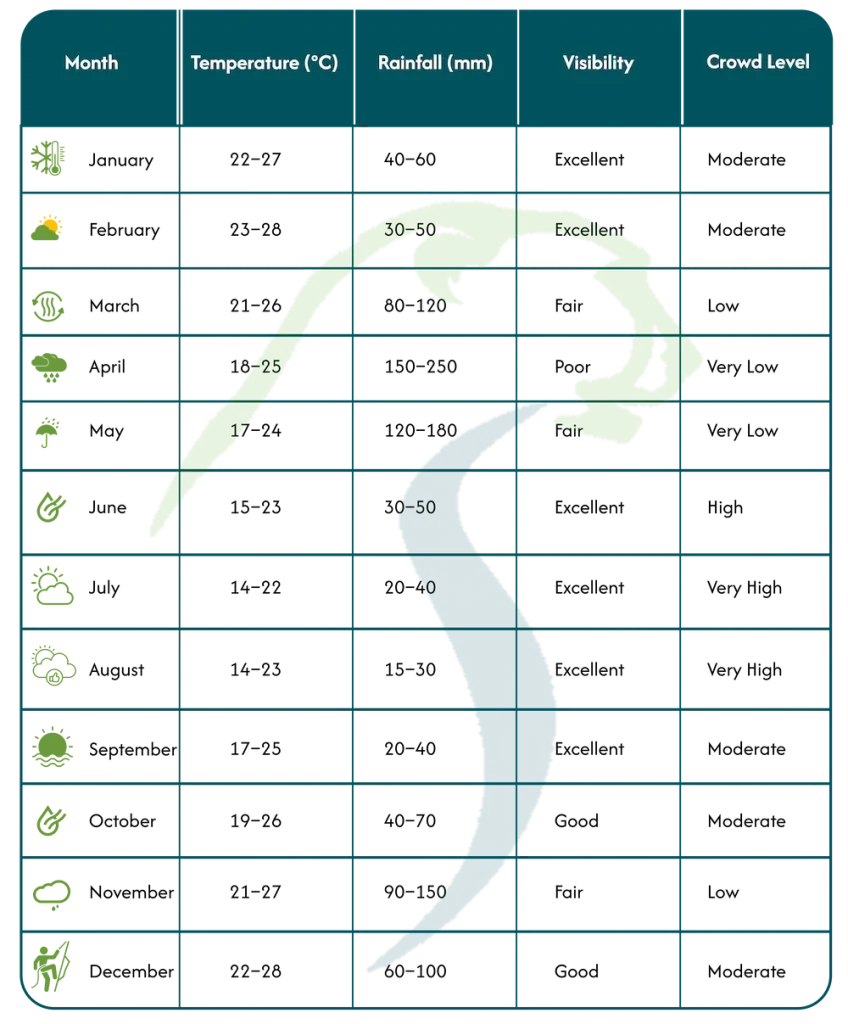
One thing about Kilimanjaro is that it’s less of a climb but more of a global tour on one mountain. You literally walk through the world’s climate regions.
- Down in the rainforest, the air is thick and warm, packed with moisture in the lush green jungle, making you sweat.
- At the moorlands, finally, the air gets cooler and thinner. You will see beautiful landscapes with slopes and weird-looking plants like tussock grasses, Protea species, and red-hot pokers.
- You will reach the alpine desert, where the air holds almost no moisture or warmth. You’re now surrounded by rock and dust under a blazing sun, where the temperature drops the moment shade hits you. Watch out for your feet.
- Finally, at the Arctic summit, it was too cold with no room for heat. You’re now at the permanent, frozen landscapes where oxygen levels drop, making breathing difficult.
Expert advice:
Our team’s expertise in high-altitude climbing is unequaled, ensuring that climbers are well-prepared and supported throughout the ascent.From Kilimanjaro Acclimatization strategies to managing altitude-related illnesses, our guides are equipped to handle every aspect of the climb with professionalism and care.
What Every Month on Kilimanjaro Is Really Like
Kilimanjaro Trek Conditions 2026 can be pretty stressful if you are not sure of what each month brings. The toughness and amazement of the journey can either break you or make you, and that is why we advise you to plan for what you can handle. Each month has its own challenges, so it’s better to plan the Best Kilimanjaro Route.
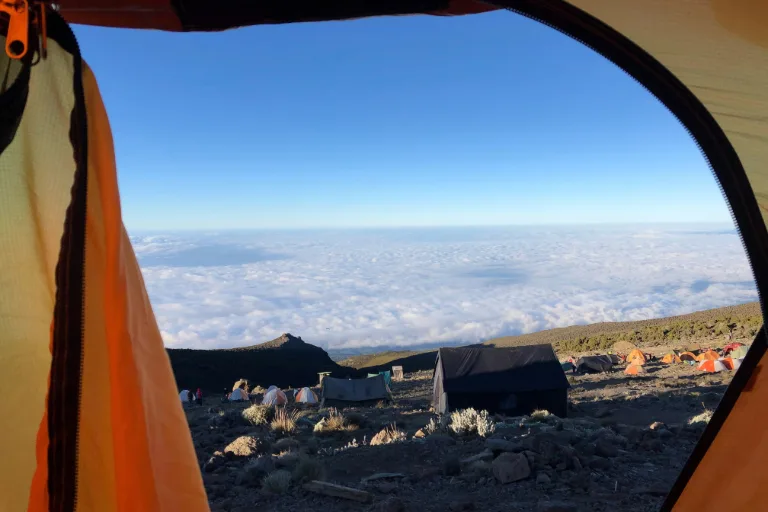
January
January marks the short, dry season. Expect mild, easy days (around 20-25 degrees centigrade) with clear mornings and freezing summit nights. Minimal rain means the trails are solid. Visibility is outstanding—perfect for those sunrise photos. Crowds are moderate—an exceptional balance.
- Best for: First-timers, photographers, and anyone wanting a balanced trip.
- Try: Machame or Lemosho for the best views.
- Verdict: Great
For more, visit Kilimanjaro Climb In January.
February – The Photographer’s Paradise
The Kilimanjaro Summit Conditions in February are warm, dry, and an excellent choice to make if you are looking forward to that climb. Wildlife is active down low, and the skies are brilliantly blue. Visibility is exceptional—crisp mountain views guaranteed. Crowds are manageable but starting to swell.
- Best for: Photographers and anyone demanding stable weather.
- Pro Tip: Seriously, pack strong sunscreen—the UV is intense up there.
- Try: Lemosho or the less-traveled Northern Circuit.
- Verdict: Perfect
For more, visit Kilimanjaro Climb In February.
March – A Quiet Transition
March starts dry but usually gets sloppy mid-month. Trails soften up; summit nights are colder. You’ll see moderate to heavy rain towards the end. Visibility gets cloudy in the afternoons. Crowds are low—solitude seekers, this is your time.
- Best for: Experienced trekkers who want quiet trails.
- Avoid if: You hate walking in mud.
- Try: Rongai (it’s on the dry northern slope).
- Verdict: Good for experienced climbers
For more, visit Kilimanjaro Climb In March.
April – The Wet and Wild Season
April is the peak of the long rains. Expect lush green landscapes, heavy cloud cover, and empty trails. Rain is frequent and intense. Visibility is limited, though the misty forest photos can be stunning. Crowds are minimal; this is the authentic wilderness experience.
- Best for: Experienced trekkers who genuinely don’t mind getting soaked.
- What to pack: strong waterproof gear, gaiters, and poles are non-negotiable.
- Try: Rongai or the Northern Circuit.
- Verdict: Only for the strong ones
For more, visit Kilimanjaro Climb In April.
May – Quieter Trails, Fresh Landscapes
The rain finally starts to fade in May, leaving unbelievably green trails and huge, fresh waterfalls. Rain is decreasing and visibility improves, especially by the end of the month. Crowds are low—a hidden gem period.
- Best for: Budget travelers and landscape photographers.
- Bonus: You can often snag low-season discounts from lodges and operators.
- Try: Rongai Route.
- Verdict: Good for value
For more, visit Kilimanjaro Climb In May.
June – Clear and Cool Beginnings
June marks the start of the long dry season. Expect crisp air, clear skies, and absolutely perfect trekking conditions. Rain is minimal. Visibility is excellent. Crowds are moderate, but they start growing mid-month.
- Best for: Steady hikers looking for a perfect weather-to-crowd balance.
- Summit Tip: Be ready for seriously sub-zero temperatures at the top.
- Try: Lemosho or Machame.
- Verdict: Great
For more, visit Kilimanjaro Climb In June.
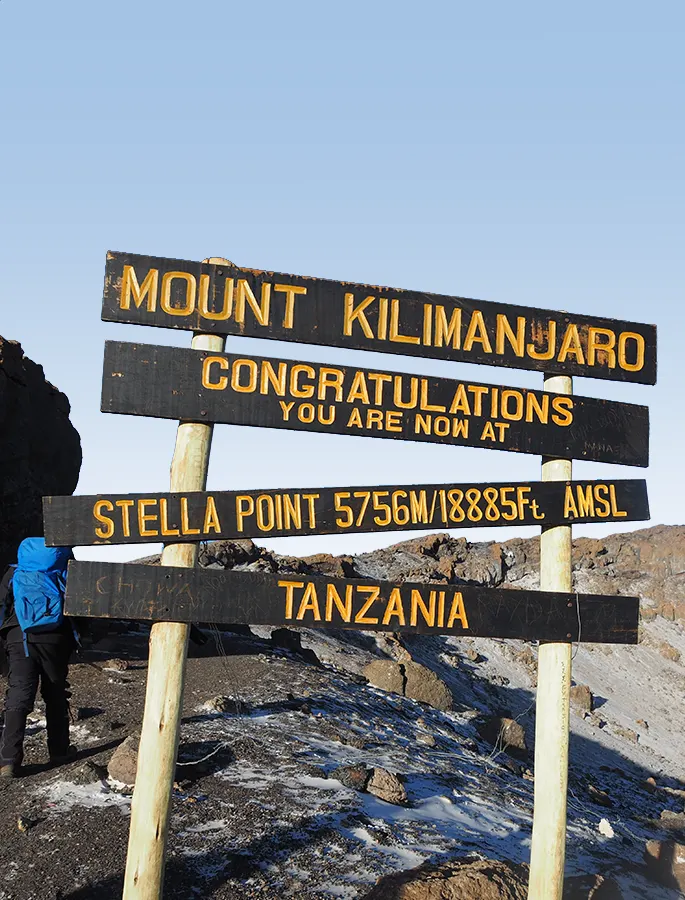
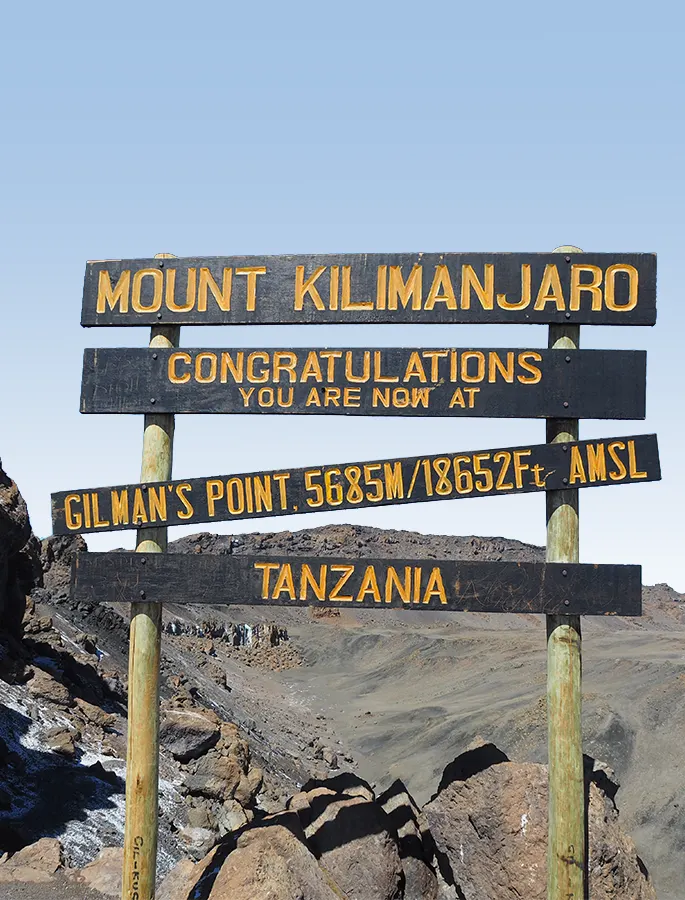
July – Peak Perfection
July is arguably the single best month to climb Kilimanjaro. The weather is stable, trails are totally dry, and summit skies are dazzling. Rain is practically non-existent. Visibility is flawless. Crowds are high; it’s peak season.
- Best for: First timers and photographers.
- Try: Northern Circuit (to actually avoid some of the crowds).
- Verdict: Perfect
For more, visit Kilimanjaro Climb In July.
August – Golden Light & Great Energy
August brings pure sunshine, cold summit nights, and an enthusiastic energy from climbers worldwide—very little rain. Visibility is excellent. Crowds are high, but the vibe in the camps is fantastic.
- Best for: Travelers who want a social camp atmosphere and ideal weather.
- Pro Tip: Book your entire trip early—routes fill up fast.
- Try: Machame or Lemosho.
- Verdict: Perfect
For more, visit Kilimanjaro Climb In August.
September – Warm, Calm, and Colorful
September keeps the great weather, but feels much more relaxed after the August rush. Rain is light. Visibility is fantastic. Crowds are moderate.
- Best for: People who prefer quieter camps and warm afternoons.
- Try: Rongai or Northern Circuit.
- Verdict: Great
For more, visit Kilimanjaro Climb In September.
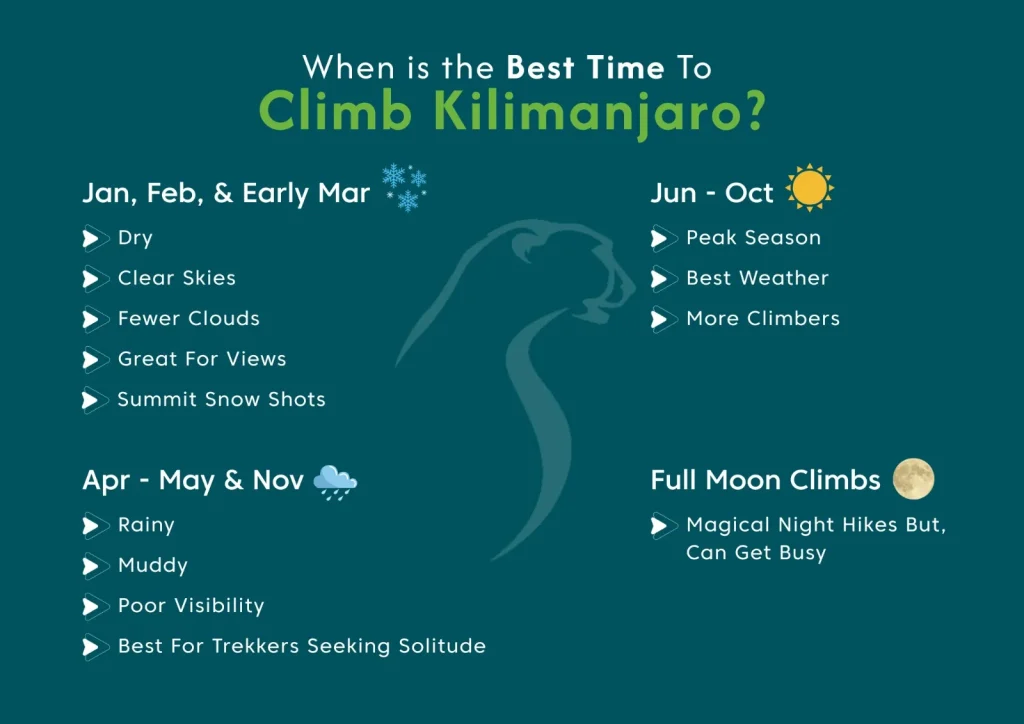
October – Gentle Skies, Few Showers
October’s weather starts leaning towards the short rains, but climbs are totally manageable. Expect light to moderate rain late in the month. Visibility is clear in the mornings, cloudier later. Crowds are low to moderate.
- Best for: Trekkers seeking a peaceful trail before the main rain.
- Try: Machame or Rongai.
- Verdict: Good
For more, visit Kilimanjaro Climb In October.
November – The Short Rain Season
Expect frequent but short afternoon drizzles, but mornings are often dry, and the mountain turns an insane emerald green. Rain is frequent but short. Visibility is surprisingly good at higher altitudes. Crowds are very low.
- Best for: Experienced climbers or photographers seeking solitude.
- Try: Rongai Route.
- Verdict: Good for solitude
For more, visit Kilimanjaro Climb In November.
December – Festive, Fresh, and Beautiful
December is a nice mix of clear and rainy days, giving you dramatic sunsets and celebratory summit pushes. Early month sees some rain, but it clears up towards the holidays. Visibility is excellent during Christmas/New Year. Crowds are moderate due to the holiday rush.
- Best for: Holiday climbers and groups.
- Try: Lemosho or Machame.
- Verdict: Great holiday option
For more, visit Kilimanjaro Climb In December.
“This being an equatorial region, the rains are mostly unpredictable, and in most cases, the weather is left to your luck. It is possible to experience mostly dry weather conditions during the rainy season, just as it is possible to have heavy rain during the dry season.” – KINAPA
Choose the Right Month Based on Your Climbing Style
Imagine you have just booked a plane to Kilimanjaro, and as soon as you step out of the plane, it’s raining heavily. And you know the worst thing about this is that you didn’t prepare for the chilly, rainy weather; you can’t even see Kilimanjaro from afar, and you are now disappointed.
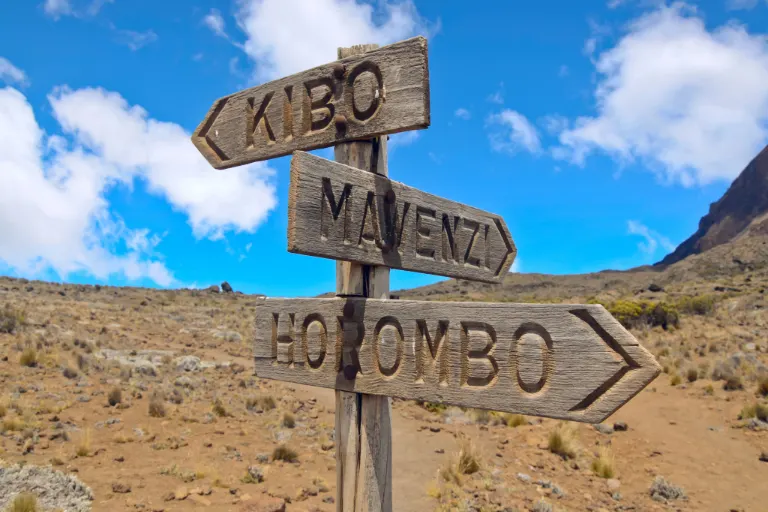
If you’re one to care most about stable weather and amazing views, then hit the Kilimanjaro dry season, January to March or June to October. These months have clear skies, solid trails, and the highest chance of summit success. They’re perfect for first-timers and anyone looking to capture those incredible photos.
If you’d rather have peaceful trails and a cheaper climb, travel during the shoulder months: mid-March, November, or early June. At this time, there are fewer climbers, and permits and lodges are at lower prices, giving you a really intimate, quiet experience.
Most people usually skip the rainy season, but it’s a total score for experienced trekkers who specifically want solitude and a real challenge.
Ultimately, your best month is the one that aligns with your goal—whether that’s comfort, great photos, or pure solitude—to make your Kilimanjaro dream truly unforgettable.
- January/February is warm with killer visibility.
- August/September is cooler with spectacular sunsets above the clouds.
- The dry months also make everything easier—better logistics, more accommodation options, and fewer delays.
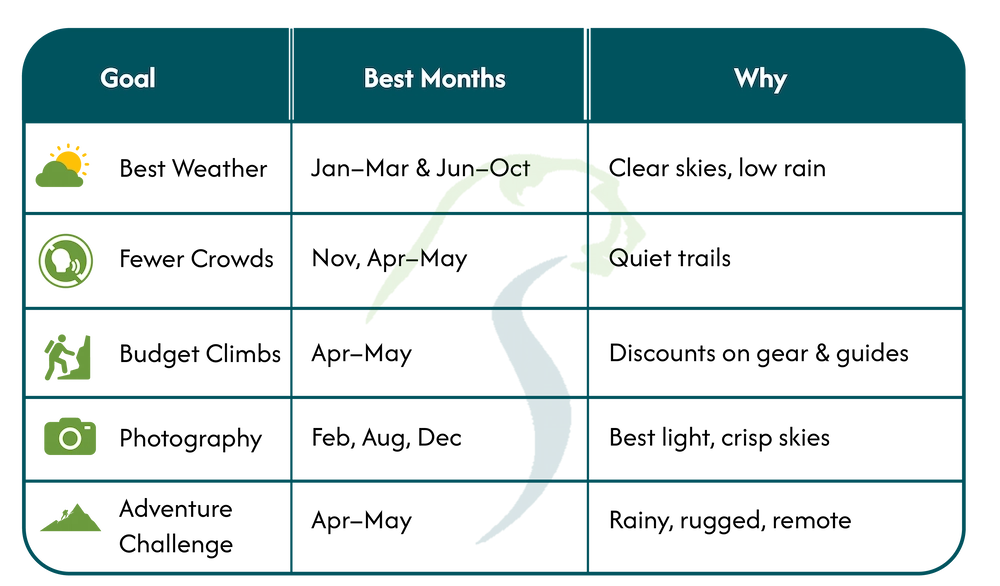
“The weather defines your mood on the mountain. Climb when it matches your energy, that’s when you actually reach the summit.”
– Guide from African Scenic Safaris.
Are you excited to reach the Roof of Africa this season? Visit our page for the Best Time To Climb Kilimanjaro in 2026.
How Your Packing List Should Change with the Seasons
As you plan and choose Kilimanjaro Climbing Packages, the packing part is not only about comfort; it’s also about survival and success on the summit. For the Kilimanjaro Summit, the weather can change rapidly within hours and even days. From tropical humidity at the base to subzero temperatures near the peak.
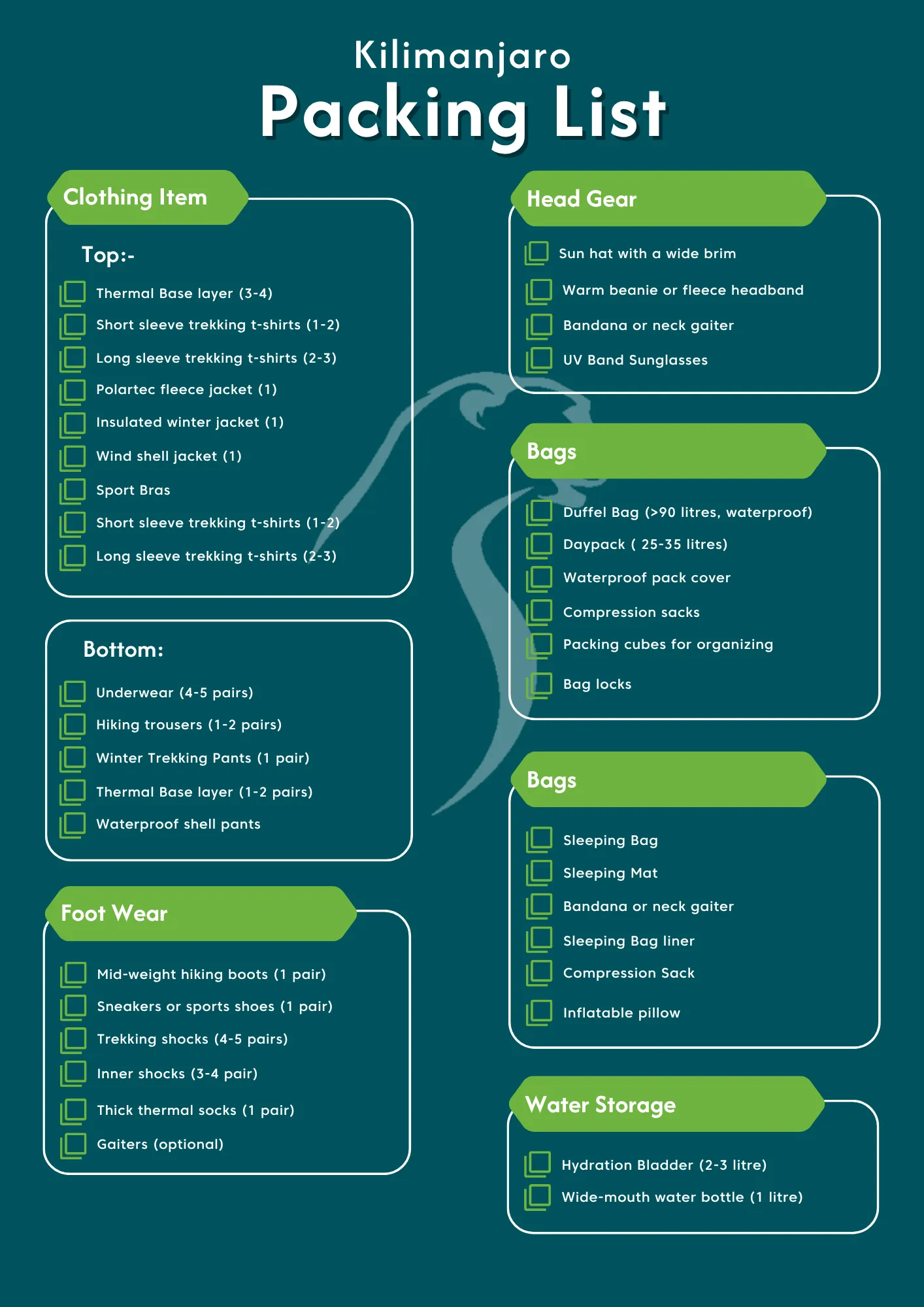
If you’re about to Climb Kilimanjaro in 2026, here is the Kilimanjaro Climbing Guide on what you should pack during the dry season.
- Include Layering – Pack a lightweight tank top you can hike in without feeling like a soaked sponge, and a solid long-sleeve to block the insane sun and avoid cotton material at all costs.
- Sun Protection – If you are not careful, that high-altitude sun will fry you like an egg. Get a hat with an absolute brim, glacier glasses, polarized UV sunglasses, and the strongest sunscreen you can find.
- Water Bottle – You must carry a water bottle for hydration since the weather tends to be hot at the base. Include hydration tablets when you’re sweating and breathing out so much moisture that plain water just doesn’t cut it
- Always have your fleece and shell handy – When that sun dips behind a cloud, the temperature drops instantly. A good fleece and windbreaker live in your Kilimanjaro Daypack.
The table below summarizes the essential Kilimanjaro Packing List you might need to carry for the ultimate 2026 climb.
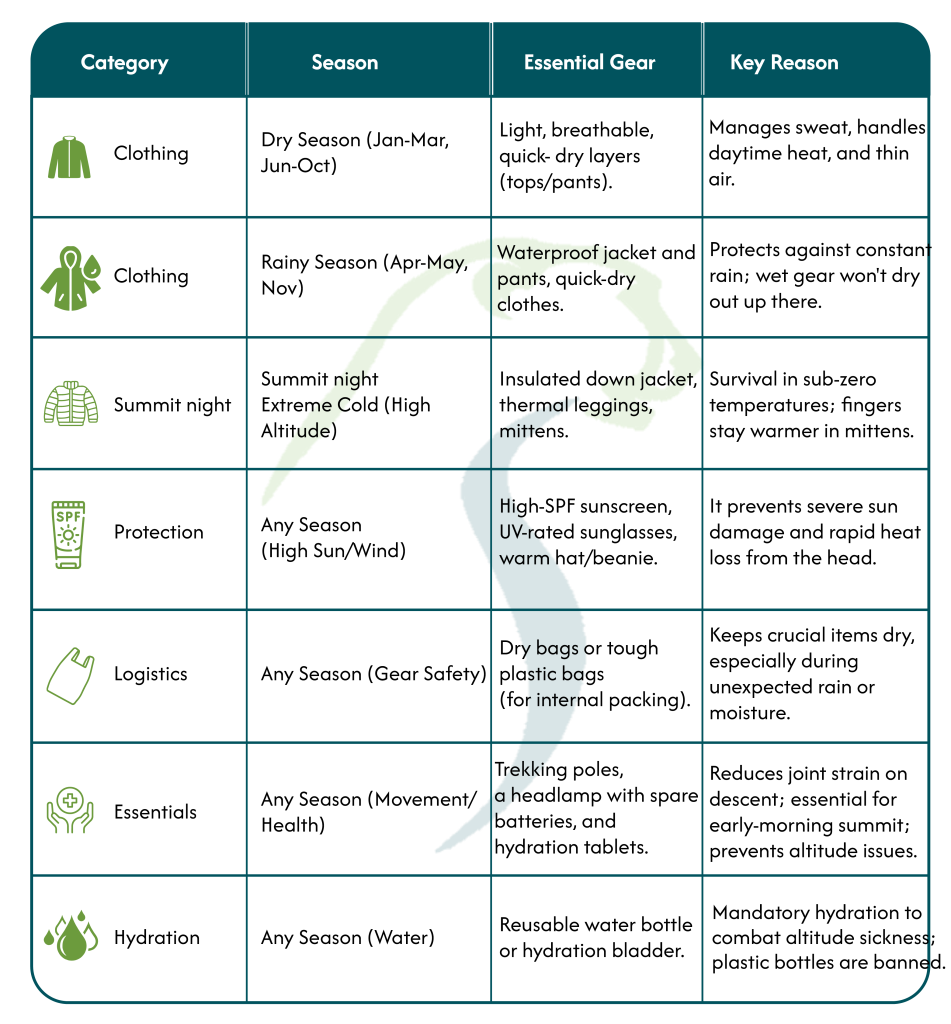
You will need to pack for a week in case of extreme mood swings from the mountain. Your gear list is what stands between you and that epic summit sunrise. Make sure you include this packing list to enjoy your coming Kilimanjaro journey rather than just surviving it.
Download our Free 👉 Month-by-Month Kilimanjaro Packing Guide PDF. This includes Kilimanjaro weather-specific gear lists and route tips.
Guide Expert:
With an average of 20 Kilimanjaro Climbs per year, our guides bring unmatched experience and expertise to every expedition. Having led thousands of climbers to the Uhuru Peak, our guides possess a deep understanding of the mountain and its challenges. Fluent in English, Swahili, and often other languages, our crew excels in adapting to diverse groups, cultures, and Aspirations.
How to Plan Flights, Permits, and Bookings Around the Best Month
Timing isn’t just crucial for your Mount Kilimanjaro Climbing; it’s everything. From getting flights to locking down permits, sorting your schedule early is the difference between an easy, perfect trip and a total, stressful mess at the last minute.
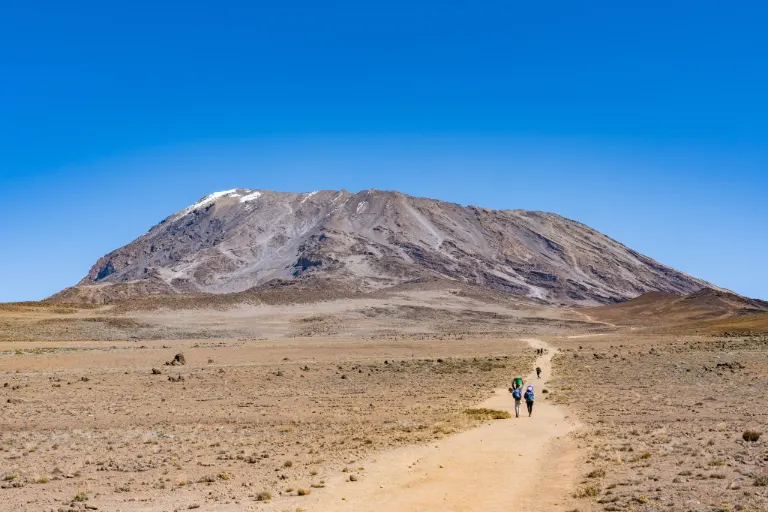
Here’s what you will need to do:
1. Book Flights Early
Plane ticket prices to Kilimanjaro International Airport (JRO) fluctuate with the seasons. Between July and September, prices spike up, a season when everyone is trying to climb. If you book your flights 3–6 months in advance, you’ll get better prices, especially if you’re flying in from international hubs like Doha, Addis Ababa, or Amsterdam.
2. Travel documents and Health
Visa: Get your Tanzania tourist visa online or upon arrival, but make sure your passport is valid for at least 6 months.
For health, check with the CDC and WHO for all the necessary information, like altitude prep, vaccines, and malaria pills. More importantly, schedule a complete medical check-up to confirm you are actually fit for high-altitude trekking before climbing Kilimanjaro.
3. Reserve Your Climb 9 Months Out
The best routes, like Machame, Lemosho, and Northern Circuit, tend to sell out, especially during the dry season. If you don’t want to miss out on this moment, you need to reserve your spot and permits at least 6–9 months in advance. Booking early guarantees you get experienced guides, the good gear, and a proper bed at the lodge before everyone else snaps them up.
African Scenic Safaris provides authentic information based on data from the Tanzania National Parks Authority (TANAPA) and the Tanzania Immigration Department.
Every Month Tells a Different Story
The essential thing is that there’s no “wrong time” to climb Kilimanjaro—only different adventures waiting for you. Each month brings its own experience and Kilimanjaro Summit Conditions. You could be chasing the perfect, clear skies and easy trails of February, the intense, muddy challenge of a quiet month like May, or the total solitude and green beauty of November. Your trip is defined by the season & Kilimanjaro Weather you pick, and each one offers a fresh lesson in resilience and raw, wild beauty.
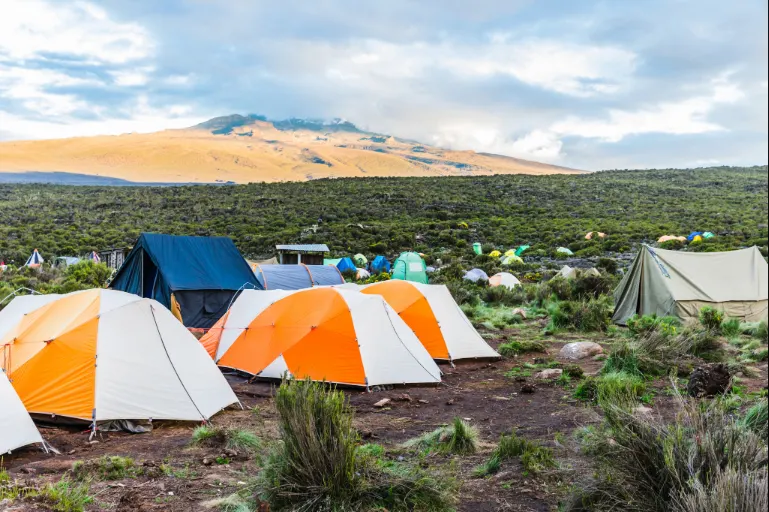
On this ultimate quest, you will have to align the mountain’s mood with your own energy level. If you’re a first-timer or a serious photographer, stick to the clear, popular dry seasons; smooth logistics and high visibility will make your life a lot easier. But if you are an experienced trekker before, and enjoy saving money, the shoulder months are going to be far more rewarding. It all comes down to what you want your summit memory to be.
This Kilimanjaro is more than reaching the top; it’s more about making memories and getting experience. Just like our guide expert from African Scenic Safaris says, “Kilimanjaro is not just climbed; it’s lived and one sunrise at a time. Knowing the best Kilimanjaro Weather By Month will not only excite you but also amaze you.”


